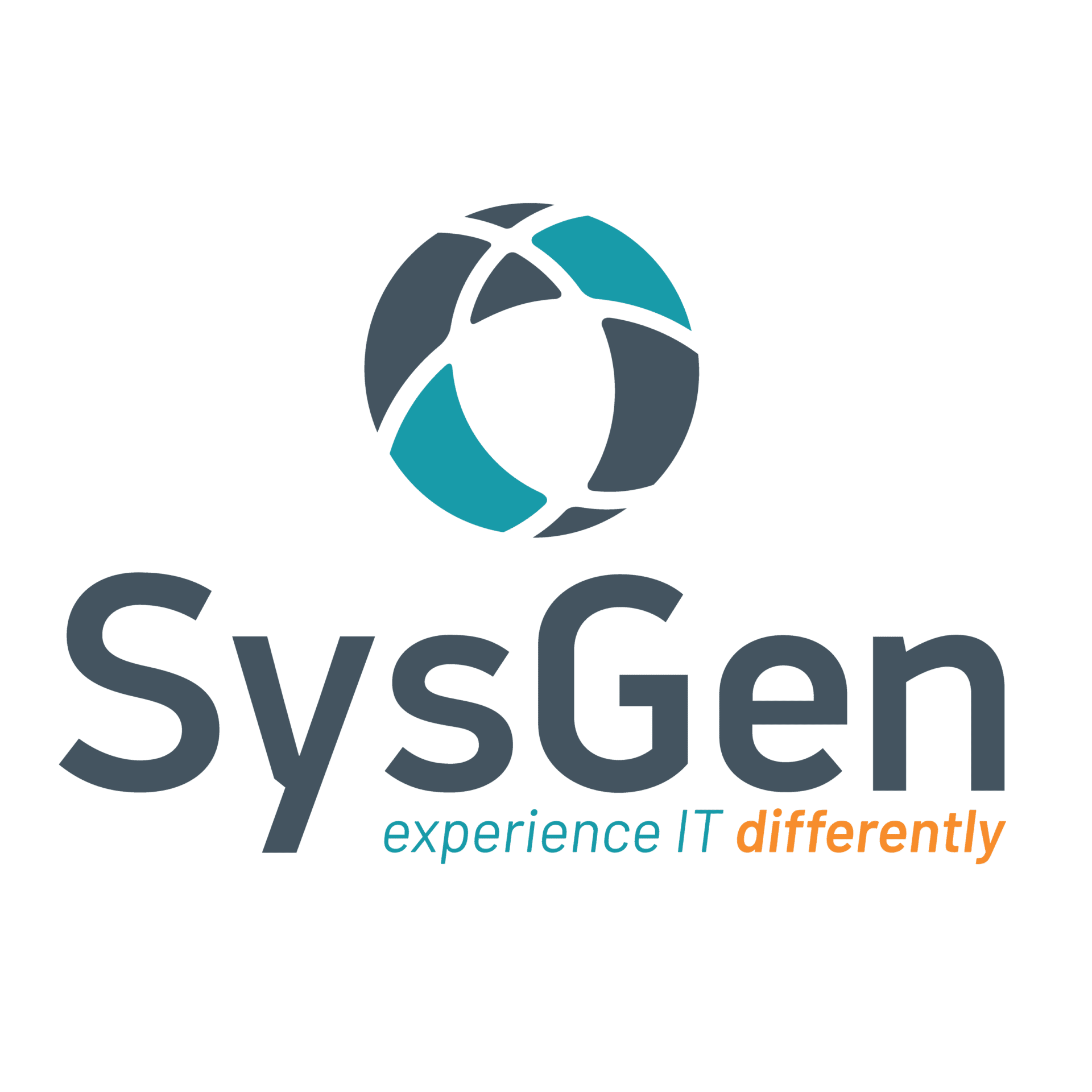Table of Contents
How Can I Benefit From the CDAP Program?
Digital transformation is often a buzzword used by large corporations describing the transition to data-driven, technologically supported approaches to business. While small and medium businesses may feel that digital transformation is out of their scope, this could not be further from the truth. SMBs need digital transformation to expand their competitive edge. Digital transformation has been shown to improve operational efficiency by 40%, improve time to market by 36% and create an uptick in meeting customer expectations by 35%.
Digital transformation and adoption are critical for businesses. A study showed that companies with a digital-first strategy are 64% more likely to achieve their strategic business goals than their competitors.
So how do SMBs undergo digital transformation? The starting point of digital transformation is assessing your current business environment and building a digital needs assessment and transformation roadmap. To make this more accessible to SMBs, Canadian businesses can now access the CDAP grant.
In this blog, we’ll review the Canadian Digital Adoption Program, a digital need assessment, and how you can access the CDAP grant to begin your digital transformation journey.
What is CDAP?
The Canada Digital Adoption Program, or CDAP, is a grant program created by the Government of Canada. The program was launched in 2022 to fund small and medium-sized businesses across Canada to improve their digital strategy and encourage technology adoption for more effective and technologically savvy business practices.
The CDAP Boost Your Business Technology Grant supports businesses to have their environment digitally assessed and create solutions to reduce overhead costs, improve processes, become more flexible to customer needs, and overall be more efficiently managed.
What Is a Digital Needs Assessment?
A digital needs assessment evaluates your technology and recommends how it can be improved to maximize efficiency and optimize existing processes.
A Digital Needs Assessment contains four key components. These components look holistically at your business to understand how it interacts with technology, how it can be improved with digital adoption, and how to realize these benefits through a digital roadmap. Let’s look at the four components of a digital needs assessment:
Current State Assessment
This component is an analysis of your current business environment. Digital advisors learn the foundation of your business, understanding your strategic goals and operational processes, specifically how they pertain to digital technologies. Through this digital transformation, experts develop a baseline of your environment.
Technology Options Analysis
The second component identifies the technology solutions that best benefit and support your business goals. This portion explores all possible technology options for your business. Digital advisors are critical in this area, as they are experts in available technologies and processes and, therefore, best equipped to deliver customized solutions.
Digital Strategy
The third component is the digital strategy, where a digital advisor considers your company culture, governance, business model, and operations to create a digital adoption plan. These solutions consider your limitations and growth opportunities to ensure that the technology you adopt is feasible and supportive of your overall business environment.
Digital Transformation Roadmap
The final component of a digital needs assessment is the digital transformation roadmap. Once the assessment and strategies have been developed, it is crucial to have an actionable plan or roadmap that can guide your business through the digital transformation journey.
The implementation roadmap identifies the key business actions that are necessary to prelude digital transformation, in addition to projects and initiatives that support digital transformation.
SysGen is a proud CDAP advisor. Our digital advisory experts provide high-level project timelines, dependencies, and an appreciation for the costs, complexity, and level of change adopting these new technologies will require within the digital transformation roadmap.
How Can I Apply For CDAP?
The CDAP process may seem daunting at first. However, there are a few simple steps to follow, and once completed, your digital advisory will take care of the heavy lifting!
How to Access the CDAP Grant
Step 1
Connect with SysGen to support through the CDAP grant application process.
Step 2
Create your account on the Government of Canada website and confirm your eligibility for the CDAP Grant.
Step 3
Apply for your CDAP grant and Select SysGen as your digital advisor to develop your digital adoption plan.
Step 4
Work with SysGen’s expert digital transformation consultants to uncover gaps in your digital environment and build a roadmap.
Step 5
Receive your digital needs assessment and submit your digital adoption plan to receive your grant payment.
Step 6
Apply to BDC for an interest-free loan of up to $100,000 to help execute the implementation roadmap.
How Does Digital Transformation Help My Business?
Digital transformation can often seem like an abstract concept to many. You may find yourself asking, how does digital transformation really benefit my business? Let’s look at the top 4 benefits of digital transformation.
Increased Efficiency and Productivity
By leveraging digital technology, we can automate repetitive tasks that take up time. Effectively this will reduce errors and ultimately free up your and your employees’ time to focus on higher-value complex tasks that drive your business forward. By streamlining different tasks, we can reallocate time, increase collaboration across teams, and develop more innovative solutions.
Cost Savings
Arguably the most sought-after benefit is cost savings. With digital transformation, we can reduce the cost of labour by making daily tasks more efficient and reducing errors. Digital tools improve your employee’s communication ability, making it easier to collaborate through tools such as video conferencing, instant messaging, and project management software. With these tools, employees can work smarter and improve their productivity, propelling your business goals forward.
Identify Gaps in Digital Capabilities
It’s no secret that the future of business is digital. With a digital needs assessment, we can identify improvable areas of your business by adopting new digital technologies. This can include areas such as business processes, data management, and cybersecurity.
Become Data-Driven
In today’s business environment, decision-makers use data-driven strategies to make practical and sound business choices. This extends to all business areas, whether in sales, marketing, supply chain or customer experience; data-driven decision-making is central to making better decisions. With a digital needs assessment, we can unlock insights by collecting and analyzing your unique business data. From this, your business can become better equipped to adapt to your customers’ experiences by providing personalized services that anticipate their needs and preferences. It will also strengthen your competitive advantage by understanding your competitors and gaps within your business.
Getting CDAP with SysGen
SysGen is proud to be a digital advisor for the Canada Digital adoption program.
With the CDAP grant, SysGen’s expert consultants will perform a digital needs assessment to ensure your business uses technology to its fullest potential. We want to help you stay competitive in today’s rapidly changing business landscape.
Connect with SysGen today to learn more about CDAP!



